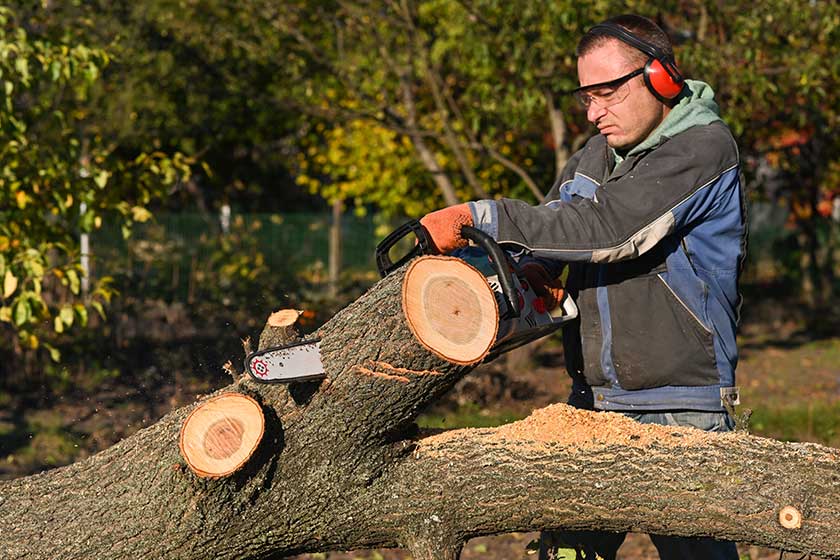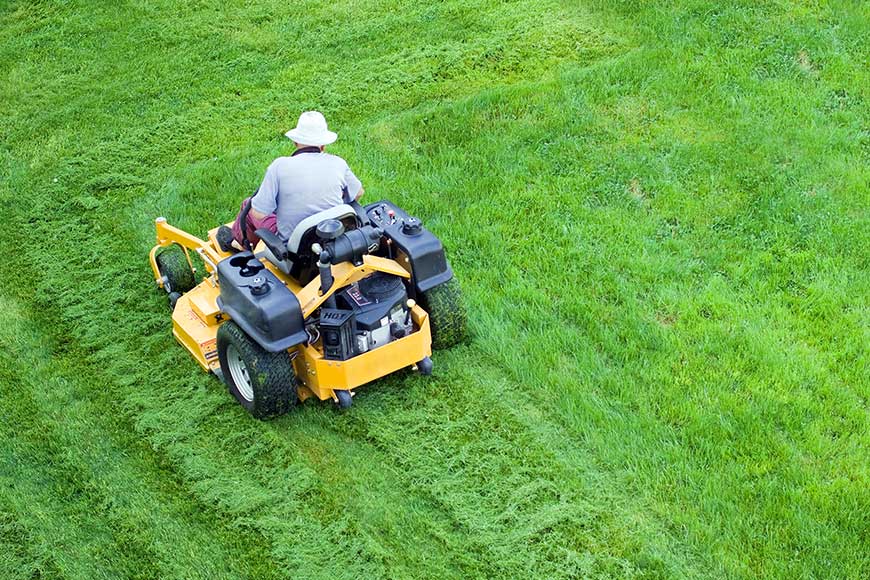A tree removal emergency refers to situations where a tree poses an immediate danger to people, property, or essential services. These emergencies can arise from a variety of events, including severe weather, disease, or hazardous tree locations.
When a tree is in a compromised state or poses a risk, it is necessary to take swift action to avoid injury or significant damage. This article explores the different scenarios that define a tree removal emergency and highlights why prompt attention is critical.
Let’s discover the circumstances that require urgent tree removal intervention.
Storm Damage: Immediate Threats After Severe Weather
Severe weather can quickly transform a healthy tree into a dangerous hazard. After intense storms, high winds, or lightning strikes, trees may lose branches or even topple entirely. When this occurs, the damage can affect nearby structures, vehicles, or power lines.
Broken branches hanging precariously pose a serious risk to anyone nearby. A tree removal emergency arises when the storm’s aftermath creates immediate safety concerns, such as the risk of the tree falling on a house or blocking a roadway.
Hazardous Tree Location: Proximity to Critical Structures
Certain trees grow too close to critical structures like homes, garages, or power lines. When a tree leans or grows too near these areas, it poses a constant risk of damage or collapse, especially during extreme weather. Even without storm conditions, the weight of the tree can cause structural issues over time, weakening roofs or walls.
In such cases, the tree’s location can be deemed an emergency, as its removal is vital to prevent potential structural damage or even fires if it disrupts power lines. Removing trees in high-risk zones must happen quickly to safeguard both people and property.
Disease And Infestation: Rapid Tree Decline Indicators
Trees that show signs of disease or pest infestation can deteriorate quickly. When left unchecked, these issues weaken the tree, making it more susceptible to falling. Infected trees can also spread diseases to other trees nearby. This leads to a more widespread problem.
In situations where a tree’s health declines rapidly, a tree removal emergency may arise. Timely removal of infected or infested trees not only prevents the further spread of the issue but also makes sure that nearby structures or landscaping remain unaffected.
Professional assessment and quick action become necessary to address these concerns before they become a bigger problem.
Obstruction of Essential Services: Power Lines, Roads
Trees obstructing power lines, roads, or walkways are a major safety concern. When branches or tree trunks block important routes or utilities, it can disrupt daily life and even pose serious risks during emergencies.
Power outages caused by fallen trees affect entire neighborhoods. Meanwhile, obstructed roads can hinder first responders in critical situations.
A tree removal emergency happens when a tree’s position interrupts important services. This makes it necessary to remove it promptly to restore safety and access. Addressing these hazards guarantees the continued smooth operation of services and prevents prolonged disruptions.
Personal Injury Risk: Immediate Threat to Safety
A tree removal emergency is most urgent when there is an immediate risk of personal injury. Large branches or entire trees hanging over walkways, driveways, or homes can collapse unexpectedly. The danger of falling debris, especially in areas with frequent foot traffic, poses serious threats to those nearby.
Even small branches or limbs can cause injury if they fall from a significant height. In such situations, prompt removal is necessary to eliminate risks to human safety. Immediate intervention helps prevent accidents and minimizes the chance of injury.
Property Damage Prevention: Acting Before Impact Occurs
Property damage caused by fallen trees or branches is one of the most common reasons for emergency tree removal. Even if a tree appears healthy, its proximity to structures, fences, or other valuable property can create risks. A strong wind, weakened roots, or a sudden storm can turn a seemingly harmless tree into a potential threat.
Acting before the tree causes any damage is key to preventing costly repairs or replacements. Swift removal makes sure that homes, cars, or other property are safeguarded from possible destruction.
Insurance Claim Requirements: Documenting Emergency Removal
In the aftermath of a tree removal emergency, documenting the situation becomes vital for insurance claims. Many insurance policies require evidence of damage or the need for urgent action before covering the costs of tree removal.
Prompt removal of a hazardous tree or its limbs makes sure that homeowners can submit the necessary paperwork to support their claims. If a tree causes damage to the property, securing documentation with before-and-after photos can expedite the claims process and guarantee that all expenses are covered.
Act Fast with Scottsdale Emergency Tree Service – Call Covenant Landscapes Now!
When a tree threatens your property, every second counts. Emergency tree removal service from Covenant Landscapes guarantees that you get the swift, efficient removal needed to avoid damage and keep your space safe. We offer fast response tree removal in Scottsdale, taking immediate action to eliminate hazards and restore your peace of mind.
Whether it’s a fallen tree or one that’s on the verge of coming down, our expert team at Covenant Landscapes is ready to tackle your emergency needs with precision and care. Learn more about our tree services today.



